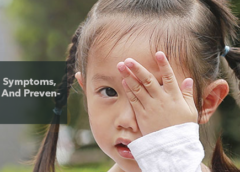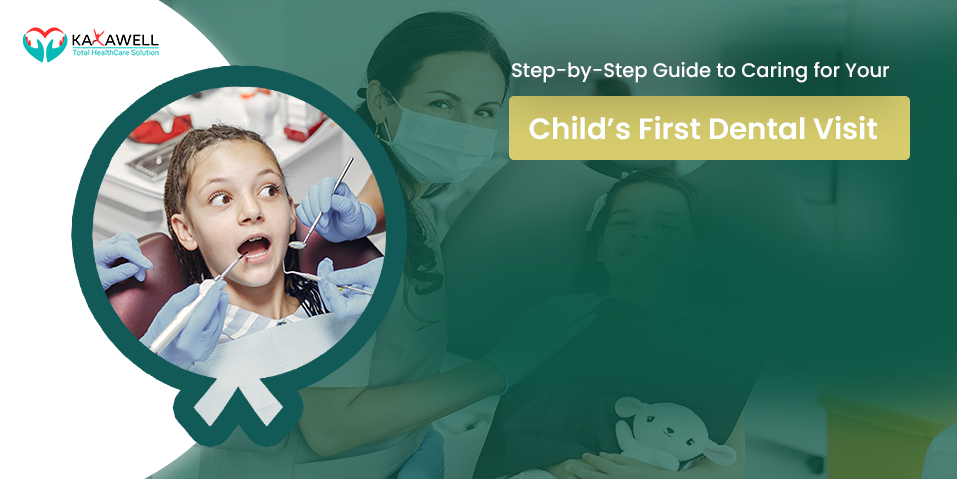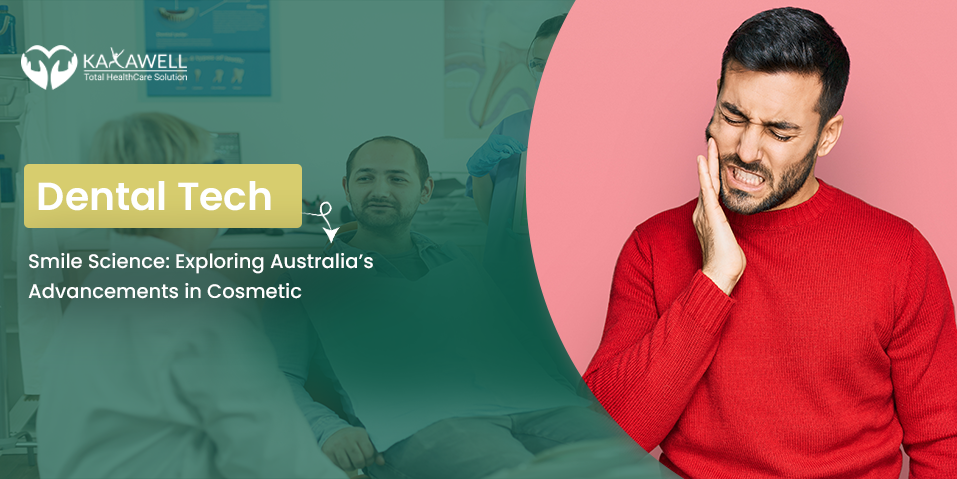Overview
The medical term for a lazy eye is “amblyopia.” Amblyopia occurs when one eye is favoured by your brain, often because of poor vision in the other eye. Your brain can eventually ignore signals from your weak eye or “lazy” eye. The condition may result in impairment of vision, and loss of perception of depth.
Your affected eye does not necessarily look different, though in different directions it may “wander.” Hence the term “lazy” comes from. The disease usually only affects one of your eyes but can impair the vision of both of your eyes in some circumstances.
The condition usually occurs in children. It is the leading cause of reduced vision among kids.
It is important to remember that a lazy eye is not the same as an eye which is crossed or turned. That condition is called strabismus. However, strabismus can lead to amblyopia if your crossed eye gets much less use than your uncrossed one.
If amblyopia goes untreated, temporary or permanent loss of vision can occur. This can include both loss of depth perception and 3-D vision.
Symptoms
Signs and symptoms of lazy eye include:
- An eye that wanders inward or outward
- Eyes that appear to not work together
- Poor depth perception
- Squinting or shutting an eye
- Head tilting
- Abnormal results of vision screening tests
Without an eye test, lazy eyes are sometimes not apparent.
Causes
Doctors don’t always know what’s behind some cases of amblyopia. Causes may include:
Refractive Errors: One eye could focus more than the other. The other eye may have been nearsighted or farsighted. Or it might possess astigmatism (distorted or blurred vision). When your brain is given both a blurred image and a clear one, the blurred one starts to be overlooked. If this continues for months or years, vision can get worse in the blurred eye.
Strabismus: This is when they don’t line up your eyes the way they should. One may turn in or out. People with strabismus cannot focus their eyes on a picture together and they sometimes see double. Your brain will ignore a not aligned picture from the eye.
Cataracts: A cloudy lens can make things look fuzzy inside your eye. Might not develop the vision in that eye the way it should.
Droopy eyelid (ptosis): A sagging eyelid can block your vision.
Risk factor
Some kids are born with amblyopia and others develop it later in childhood. The chances of having amblyopia are higher in kids who:
- Were born early (premature)
- Were smaller than average at birth
- Have a family history of amblyopia, childhood cataracts, or other eye conditions
- Have developmental disabilities
Complications
Blindness: The patient will gradually lose vision in the affected eye if untreated. This vision loss is usually permanent. Lazy eye is the most common cause of single-eye vision loss in young and middle-aged people in the US, according to the National Eye Institute.
Eye turn: Strabismus, when the eyes are not aligned correctly, may become permanent.
Central vision: Where amblyopia is not treated during infancy, the central vision of the patient may not grow properly. The problem may affect their ability to do certain tasks.
Diagnosis
Your doctor will perform an eye examination, check for eye health, a wandering eye, a difference in vision in both eyes or poor vision in both eyes. In general eye drops are used to dilate the eyes. Drops in the eye cause blurred vision, which lasts several hours or a day.
The method used to test vision depends on your child’s age and stage of development:
Preverbal children: A lighted magnifying device can be used to detect cataracts. Certain assessments may determine the ability of an infant or toddler to focus his or her attention and follow a moving object.
Infants age 3 and older: Tests using images or letters can assess the vision of the child. Also, each eye is covered in turn to test the other.
Prevention
Early diagnosis and treatment of strabismus, astigmatism, cataracts and other vision disorders may prevent amblyopia.



Leave a Reply
You must be logged in to post a comment.